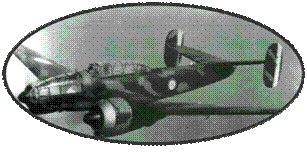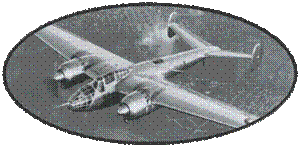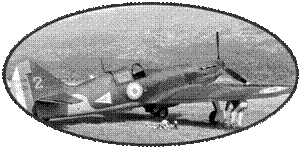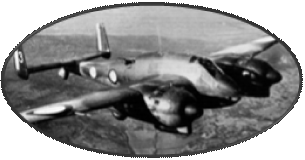At the end of 1933, the company
Hanriot offers a new tourism aircraft, the Hanriot H-180. The latter,
a fixed-landing gear parasol monoplan, is of conventional design,
but nevertheless presents certain peculiarities. Thus, if the driver
and the first passenger are conventionally arranged in tandem in
a closed cabin, the second passenger is placed in the open air,
in a cockpit separated by a glass door ... The engine is entrusted
to a Renault 4Pei of 140ch driving a two-bladed propeller. Registered
F-AOJO, the prototype makes its first flight in July 1934.
The aircraft did not meet
success with the civil pilots and the flying clubs, but attracted
the attention of the Air Ministry, which saw it as a potential observation
and reconnaissance device. The Air Force ordered a second aircraft,
the H-180M, similar to the first prototype, to install an observer
in the rear end position. He made his first flight in October 1934,
but finally proved disappointing and was not retained. A version
"Sanitary" was studied, the H-181, but did not know more
success.
The Hanriot H-182 found its
salvation in a new configuration that turned it into a training
device. Designated H-182, it was equipped with dual-controls, and
the rear seat was replaced by an extra folding seat. This version
made its first flight in February 1935 and was followed by an order
for 346 copies. Naval Aviation will also order 5 units, designated
H-185, to equip its own training schools. The marine version showed
little difference from the H-182M of the Air Force, however, anecdotally,
the presence of a heated seat on the rear end post in the open air
...
The aircraft will be distributed
in flight schools of the Air Force and Naval Aviation or as liaison
devices within combat units. When the conflict broke out in September
1939, the Hanriot H-182 was an important part of the training planes
and some were camouflaged. At the Armistice in June 1940, many pilots
escape to England to continue the fight, some will do it on board
aircraft like the H-182. Thirty of them will be on British soil
and will be used until spare parts are exhausted. It is likely that
the Germans also seized some abandoned copies intact on the grounds
by the French.
The Hanriot H-182 was also
used abroad, and 10 aircraft taken from the Air Force aircraft will
participate in the Spanish Civil War. They were all destroyed by
the Francoist Air Force. Another 50 aircraft will be purchased and
delivered to Turkey as observation devices.
Other versions, left unfulfilled
were made: The H-183, unique model for aerobatics that received
a more powerful engine (180Hp) or the H-184, more powerful training
version (180Hp also)













